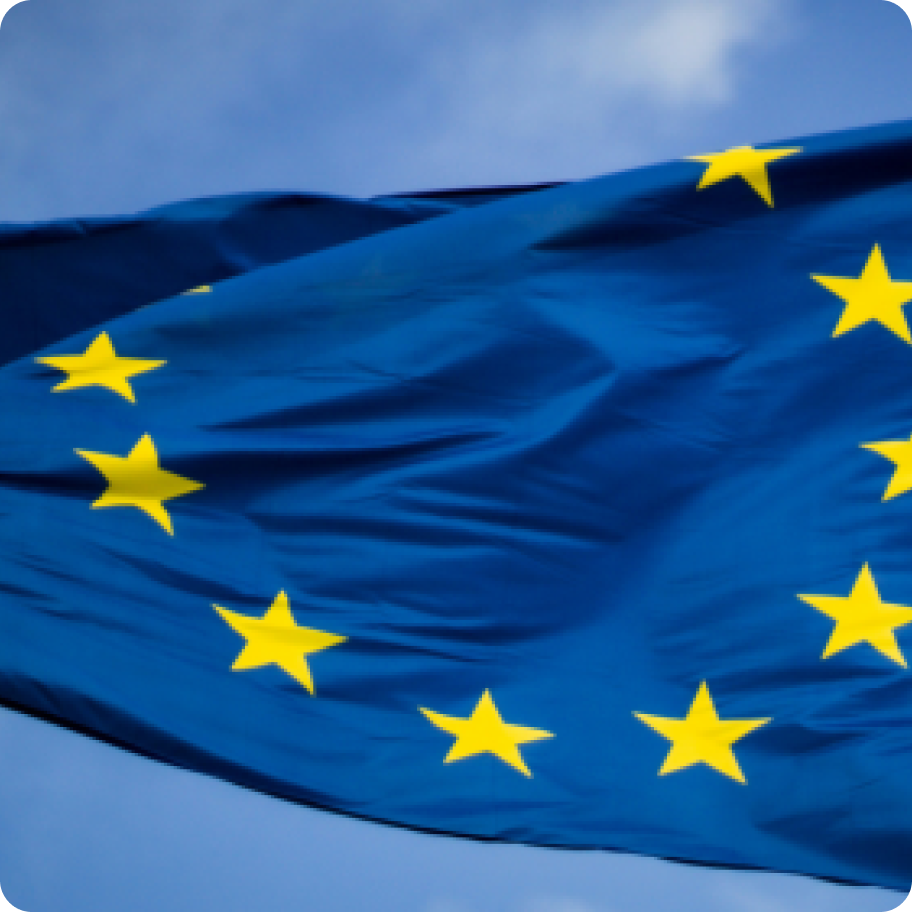ANALYSIS: Doubts linger about European active account regulation
17th January, 2025|Luke Jeffs

While European clearing houses and their clients are preparing for the active account requirement (AAR) to force European firms to clear some Euro derivatives in Europe, there is still confusion about exactly what it is that they are expected to do.
The European Market Infrastructure Regulation (EMIR) 3.0 has detailed in its level one text that European firms will be required to clear some Euro derivatives with a European central counterparty (CCP) but the regulatory technical standards (RTS) have yet to be established.
The European Securities and Markets Authority (ESMA) published in late November a consultation paper on several key aspects of the AAR including the operational conditions to ensure the clearing account is active, including stress-testing.
The consultation, which involves a public hearing on January 20, closes on January 27, with ESMA saying in November it “aims to submit the final draft RTS to the European Commission within six months following the entry into force of EMIR 3”.
EMIR 3 entered into force on December 24 2024 so a submission “within six months” could take until the end of June which is when the AAR is currently slated to take effect, hence the confusion.
Matthias Graulich, a member of the Eurex Clearing Executive Board, said: “The quantitative requirements are quite straight-forward. After June 24, if you are subject to the quantitative requirement, you must execute a certain number of trades in Euro swaps, Polish Zloty swaps and STIRs (short-term interest rates) at an EU central counterparty (CCP), depending on your activity profile.”
Graulich added: “There are two clauses in the qualitative section that are interesting: you have to prove that you are able to clear all new business in the EU with an EU CCP, at any time and that you are able to transfer your existing business from a non-EU CCP to an EU CCP at short notice.
“Now the question is how market participants demonstrate their ability to comply with these requirements? The technical standards give some guidance but they leave also room for interpretation.”
As well as the AAR, late June 2025 marks the expiry of the European Union’s current time-limited equivalence decision which relates to the regulatory and supervisory framework for UK clearing houses.
The AAR is predicated on European firms having continued access to UK CCPs via the equivalence ruling so the renewal of the UK clearing waiver is required for AAR to take effect.
Legal experts have said they expect the UK equivalence agreement to be extended again, by at least another 18 months, and this needs to be approved as soon as possible before June to ensure firms have time to prepare for the extension.
Another factor in the future of the AAR is the change of administration in Brussels. Mairead McGuinness, the former European Commissioner for Financial Stability, Financial Services and the Capital Markets Union and one of the AAR’s most outspoken advocates, stepped down in late November.
She was replaced in early December by Maria Luis Albuquerque, a Portuguese politician who is now the European Commissioner for Financial Services, and the Savings and Investment Union.
It is early days but European firms are quietly confident that Albuquerque will take a more dovish line on AAR than her predecessor, reflecting the improving relationship between Europe and the UK.
The new commissioner has not made any public comments on EMIR 3.0 since taking office some six weeks ago but she offered some insight in a hearing ahead of her appointment.
Albuquerque said in late November regulation alone will not be enough to reduce European firms’ reliance on UK clearing houses, rather this objective needs to be market-driven.
She said: “I think EMIR will not in itself be able to guarantee that they will be located in the EU. It does facilitate that but, in order for the clearing to be within the EU, there needs to be enough business generated within the EU to make it an activity which can actually be profitable without hurting the market.”
Albuquerque went on to suggest that Europe needs to grow and evolve to a place where European CCPs are commercially viable irrespective of regulatory intervention.
She told the hearing: “This is a business of scale. So, when you ask me about the level of concentration, it has to be big. Otherwise, it becomes just too costly and it does not serve the interest of the market, does not serve the interest of the EU. So, we should work to have a better, deeper, more liquid market because that will attract naturally those market infrastructures into our own territory.”
Caterina Caramaschi, vice president, financial derivatives at Intercontinental Exchange, has argued the AAR hurts European clients by forcing them to trade in less liquid markets, which contradicts Europe’s existing best execution regulation and ambitions to make Europe more competitive on the global stage.
Please join us at FOW Trading London on February 13 2025 where we will discuss influence of EMIR 3.0 on European trading and clearing, the emergence of the Euro Short-Term Rate (ESTR) market and the increase in activity due to changing UK and European interest rates. See here for more details: Trading London 2025

